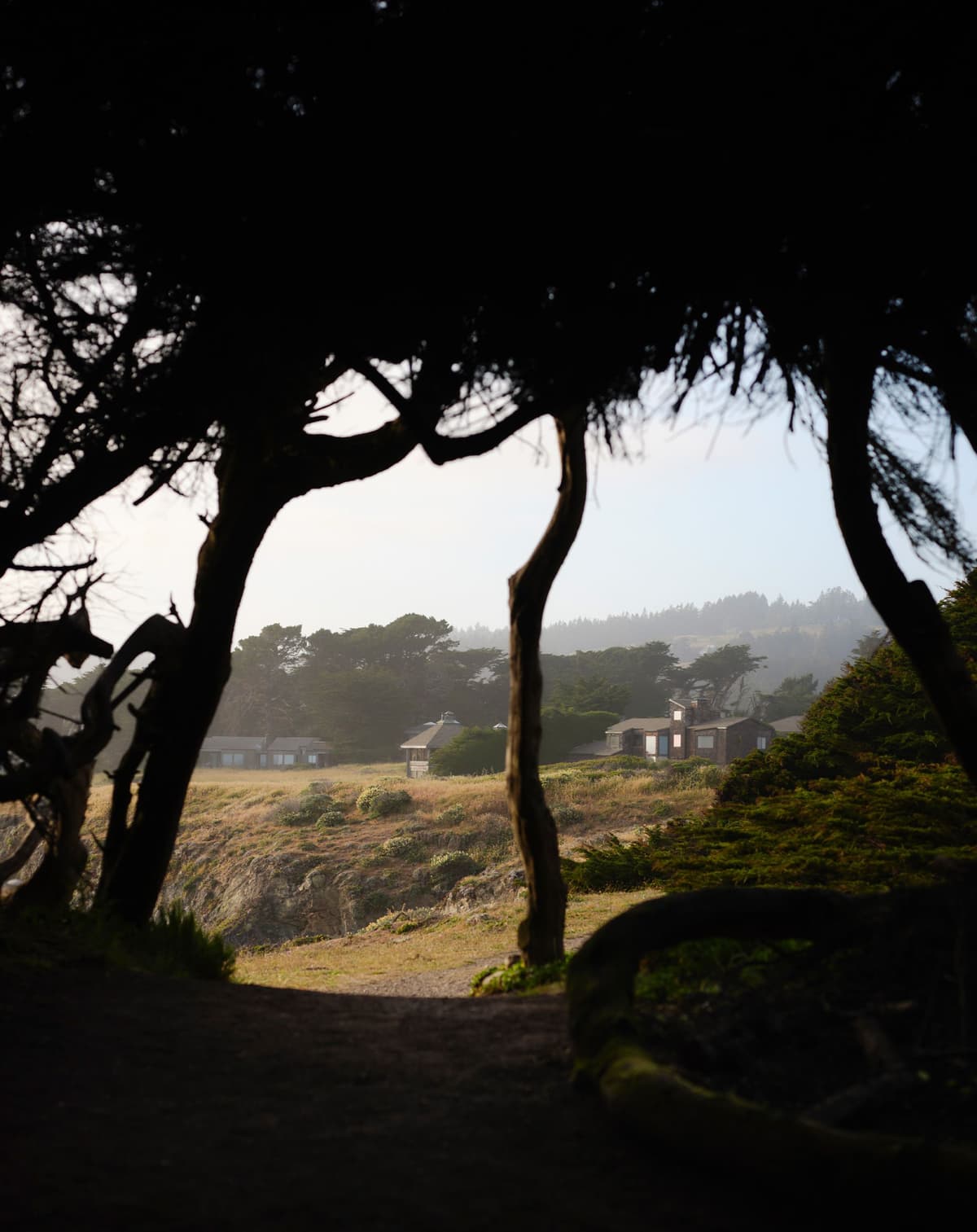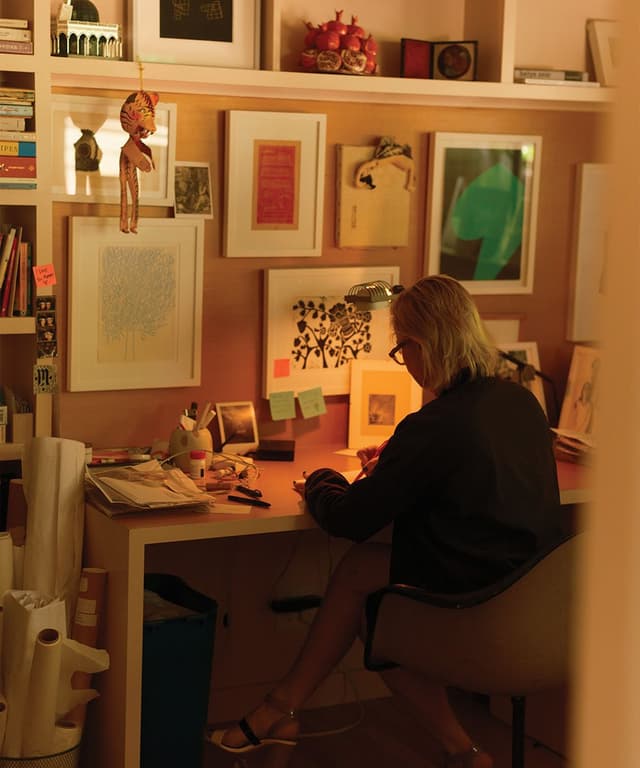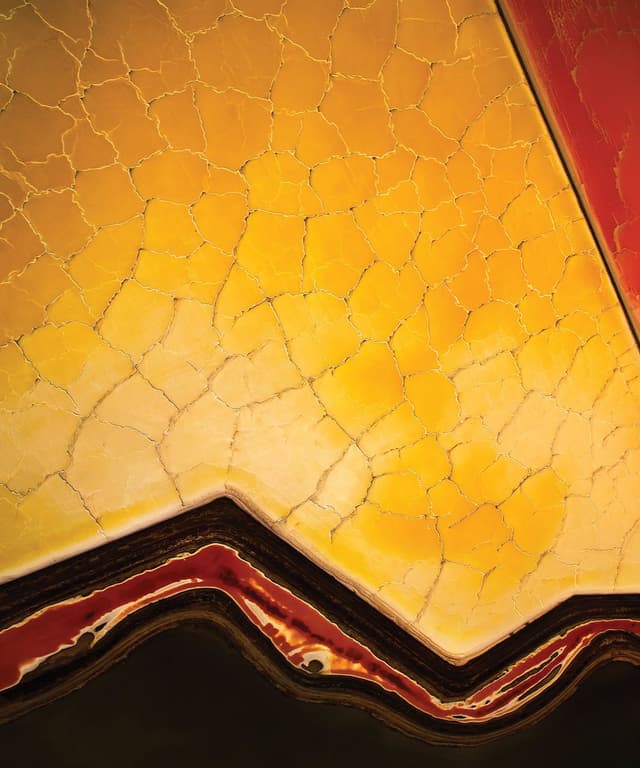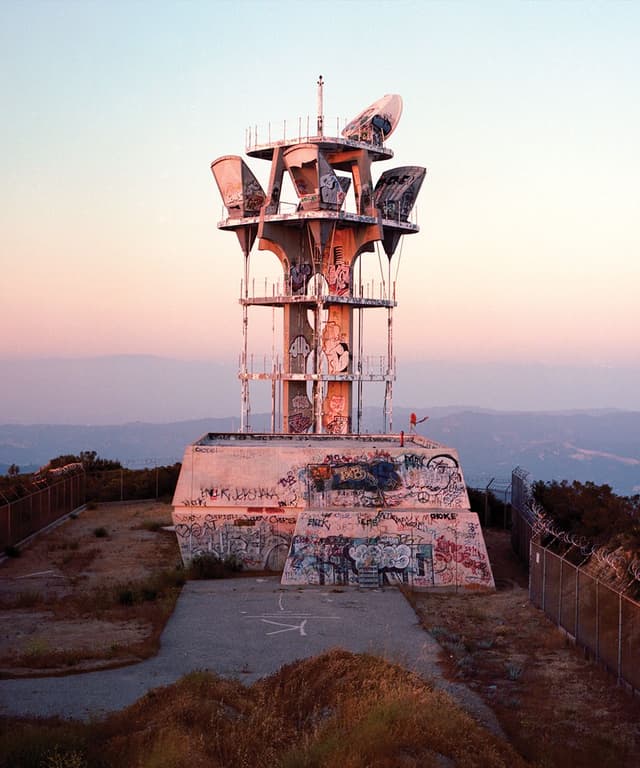Excerpt from Issue 03

A MAP OF THE WORLD
Half a century after its founding, Sea Ranch still stirs the imagination—but how closely does today’s reality align with its radical vision?
Text & Photos by Elizabeth Carababas
If you could imagine a place with distinct principles—one that motivates you to dwell in harmony with the land, where resources are balanced and social equity is upheld, where communal spaces shared with neighbors are designated specifically for respite, you would be dreaming of a utopia. In ancient Greek, utopia (Ουτοπία) translates to no place. It doesn’t exist—because it can’t. And yet I’m fascinated by the idea. The idealism required for utopia is a soaring feat, but it feels entirely necessary for the fabric of our society. I believe that the developers of Sea Ranch, with their storied 14 principles, understood this. A place on earth that does not strive for a different—if not greater—way of being is not worth living in.
But who gets to decide what principles are sound? Did Frank Lloyd Wright’s Broadacre City plan get it right? Was it Henry Ford’s version of American industrialism? Or is it our intrinsic feeling that we must abide by a certain homeostasis—a tendency toward a relatively stable equilibrium between ourselves and the natural world—to feel pure peace? Maybe it’s not a utopia that we need, but the optimism that comes with the daydream.
Sea Ranch, as we see it today, began as a dream in the early ‘60s. Development began in 1964, led by Al Boeke and a group of influential architectural designers including Charles Moore, Joseph Esherick, Donlyn Lyndon, Richard Whitaker, and William Turnbull Jr., alongside landscape architect Lawrence Halprin and graphic designer Barbara Stauffacher Solomon. A former sheep ranch—once home to the Pomo people and later transformed by ranching and logging—the shelf of land we know today bears visible changes. Hedgerows, planted to protect livestock from unforgiving winds, punctuate a vast stretch of meadows. Nestled against these are clusters of homes.
Foremost among these are the original Hedgerow Homes. Designed by Esherick, these structures are architectural exemplars that continue to define the Sea Ranch vernacular. Walk north from the Sea Ranch Lodge to the first ridgeline of Monterey cypress, and you’ll notice a peppering of shingle-clad homes, each strategically sited for optimal views without obstructing those of its neighbors. This sensitivity to siting extends to Condominium One, the first unit designed by Moore, Lyndon, Turnbull Jr. and Whitaker: modular, compact, with its own line of sight. Douglas Fir and redwood dominate the original material palette...
continued on page 84 in Issue 03
SUBSCRIBE NOW
Selected Excerpts from Issue 03

STRANGE BEAUTY
READ MORE

BAY SALT
READ MORE

LINEAR LANGUAGE
READ MORE

AIR, LIGHT, LANDSCAPE
READ MORE
